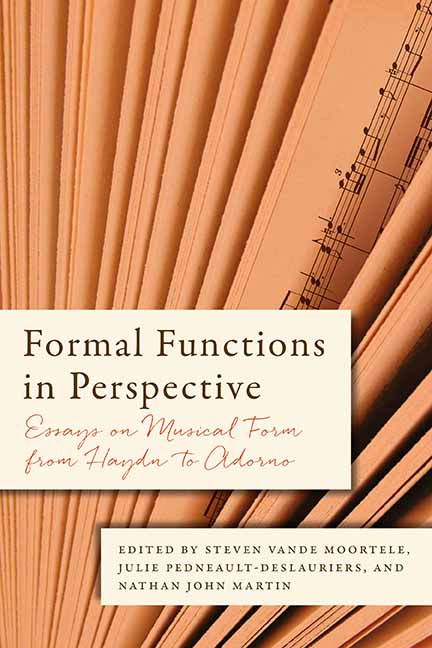Book contents
4 - Saint-Saëns’s Cyclic Forms
Published online by Cambridge University Press: 26 May 2021
Summary
Music critics and historians have long recognized the importance of cyclic form to late nineteenth- and early twentieth-century French music. Most composers of instrumental music active in France during this period adopted the practice of effecting large-scale relationships in their symphonies, concerti, sonatas, chamber compositions, and other works by reintroducing or developing themes or motives from earlier movements in later ones. Nevertheless, writers addressing this repertoire tend to associate such procedures above all with the music of César Franck from the late 1870s until his death in 1890 and with that of some of his students, including Guy Ropartz, Ernest Chausson, Guillaume Lekeu, and above all Vincent d’Indy. Benedict Taylor's recent monograph on cyclic form in the romantic era, one of the most sophisticated studies on the topic to date, points to Franck as the late-century apogee; the same composer revealingly stands as the only French member of the cyclic-form pantheon as defined by New Grove and the Oxford Dictionary of Music. To be sure, Franck and d’Indy warrant emphasis. Both cultivated cyclicism with remarkable complexity and finesse, and d’Indy, purposefully taking up his mentor's legacy, championed “la forme cyclique”—he numbered among the earliest writers to use the term—with particular vigor, employing it in almost all of his multimovement works and promoting it to the status of a historically determined canon in his pedagogical and theoretical writings. Moreover, appearing to legitimize a privileged status for these composers, contemporary critical discourses—a topic we shall revisit—often considered cyclic form a hallmark of Franckiste aesthetics and even a proprietary compositional technique.
Camille Saint-Saëns, on the other hand, has attracted relatively little attention as a practitioner of cyclicism. One of the nation's leading composers of instrumental music in the late nineteenth century and a continuing, if fading, presence in the first two decades of the twentieth, Saint-Saëns in fact employed the procedures enumerated above extensively and did so from the beginning of his long career. Early examples include the A-Minor Piano Quintet (1855), the first two violin concerti (1858 and 1859), and the Second Symphony (1859).
Information
- Type
- Chapter
- Information
- Formal Functions in PerspectiveEssays on Musical Form from Haydn to Adorno, pp. 123 - 162Publisher: Boydell & BrewerPrint publication year: 2015
Accessibility standard: Unknown
Why this information is here
This section outlines the accessibility features of this content - including support for screen readers, full keyboard navigation and high-contrast display options. This may not be relevant for you.Accessibility Information
- 1
- Cited by
